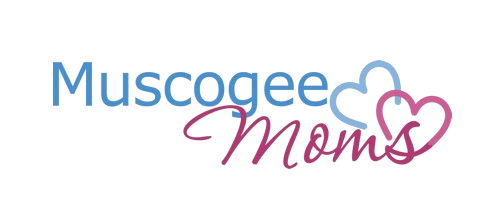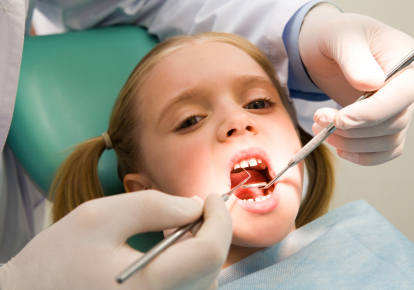February is National Childrens Dental Health Month. This is a great time to focus on the benefits and the importance of oral health in children.
Tooth decay is one of the most common chronic diseases in children and teens. According to the CDC, 21% percent of children aged 6-11 years have at least one cavity in their permanent teeth.
The CDC recommends that a child’s complete preventive dental program include fluoride, twice-daily brushing, wise food choices, and regular dental care.
So, when do you begin?
Professionals say “first visit by first birthday.” In other words, your child is ready when they sprout their first tooth. Even with only one tooth, dentists can begin monitoring for tooth decay from bottle feeding or nursing.
Avoid sugary drinks and foods, limit frequent snacking between meals, and maintain a healthy diet. Make sure to keep regular appointments with your dentist. Teach your children to brush and floss their teeth twice a day for at least two minutes. Your child may need your help brushing until she has the manual dexterity to do it herself — usually around six years of age.
How can you make brushing fun?
Granted, your toddler may not understand why she needs to brush her teeth, no matter what you say. If your little one resists your instructions, don’t give up. Here are some suggestions to help you make brushing fun:
- Switching when you brush and floss so that it happens right after dinner, and not right before bedtime.
- Instead of simply supervising your child, brush your teeth together.
- Play music while your child is brushing and flossing. Try a new brushing and flossing song each night.
- Use a reward chart to reward your child’s good efforts. Buy sets of stickers you think your child will love.
- Let your child brush your teeth. (You can do it again yourself later.)



